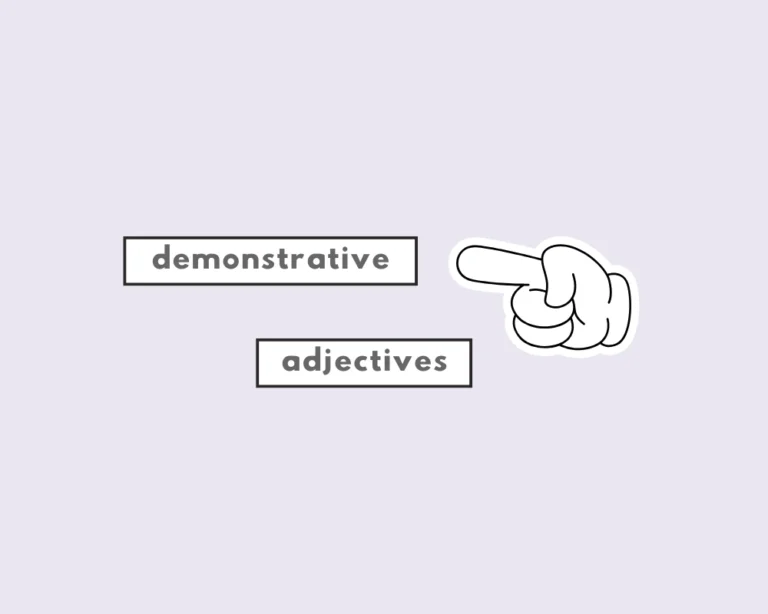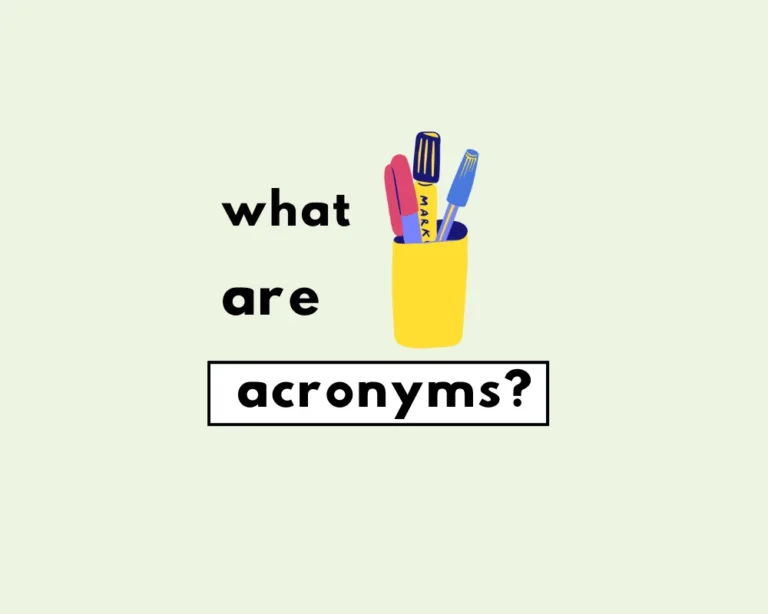What are appositive nouns in grammar?
An appositive or appositive nouns (also called a noun phrase) is a word or phrase that gives additional information on a noun or pronoun (usually its antecedent).
My brother, the doctor, is visiting.
Paris, the capital of France, is a beautiful city.
My brother, the doctor is visiting.
The capital of France, Paris is a beautiful city.
What does appositive mean?
Appositive is mostly used as an adjective that describes “the positioning of things or the condition of being side by side or close together”.
Also, “a relationship between two or more words or phrases in which the two units are grammatically parallel and have the same referent (e.g. my friend Sue ; the first US president, George Washington)”.
Restrictive vs. non-restrictives
- Clauses that are non-restrictive add information, and are nonessential to the meaning of the sentence.
- Clauses that are restrictive are essential to the meaning of the sentence (i.e., the sentence is ambiguous or unintelligible without them).
Appositive nouns, think “AP-PART”: Appositives ADD extra info, like an extra PART, and are often set off by commas.
Commas with appositives
Enclose appositives that are non-restrictive or parenthetical with commas:
| Non-restrictives use a pair of commas: |
| The best way to see a country, unless you are pressed for time, is to travel on foot.
The audience, which had at first been indifferent, became more and more interested. |
Clauses that are restrictive do not use commas.
| Restrictive clauses do not use commas: |
| People who live in glass houses shouldn’t throw stones.
The people sitting in the rear couldn’t hear. The astronaut who first stepped on the moon was Neil Armstrong. |
Origin of the term ‘appositive’
1690s, “applicable,” from Latin apposit-, past-participle stem of apponere “set near, set before; apply, give in addition; appoint, designate” (see apposite) + -ive. As a noun in grammar, “words in apposition,” from 1847.
Read about types of nouns
Sources
- Harper, Douglas. “Etymology of appositive.” Online Etymology Dictionary, https://www.etymonline.com/word/appositive. Accessed 27 February, 2024.
- The Elements of Style, Strunk & White.
Work Sheet
What is the primary function of an appositive noun or noun phrase?
According to the post, how are non-restrictive appositives typically punctuated?
Which sentence correctly uses a non-restrictive appositive based on the examples provided?
What type of information does a non-restrictive appositive provide?
The post states that in an appositive relationship like “my friend Sue,” the two units are grammatically parallel and have the same ________.
An appositive or appositive noun phrase gives __________ information on a noun or pronoun.
Non-restrictive appositives are enclosed with a __________ of commas.
Appositives that are essential to the meaning of the sentence are called __________ and do not use commas.
The word “appositive” is mostly used as an __________ that describes the positioning of things side by side.
The study tip connects appositives to adding an extra __________ of information, relating to “AP-PART”.
Frequently Asked Questions
What are appositive nouns?
+
How are appositive nouns used?
+
When do I use commas with appositives?
+
What is a restrictive appositive?
+
What is a common appositive mistake?
+
Yash, D. "Appositive Nouns (Meaning, Explanation & Examples)." Grammarflex, Jun 19, 2025, https://www.grammarflex.com/appositive-nouns-meaning-explanation-examples/.











